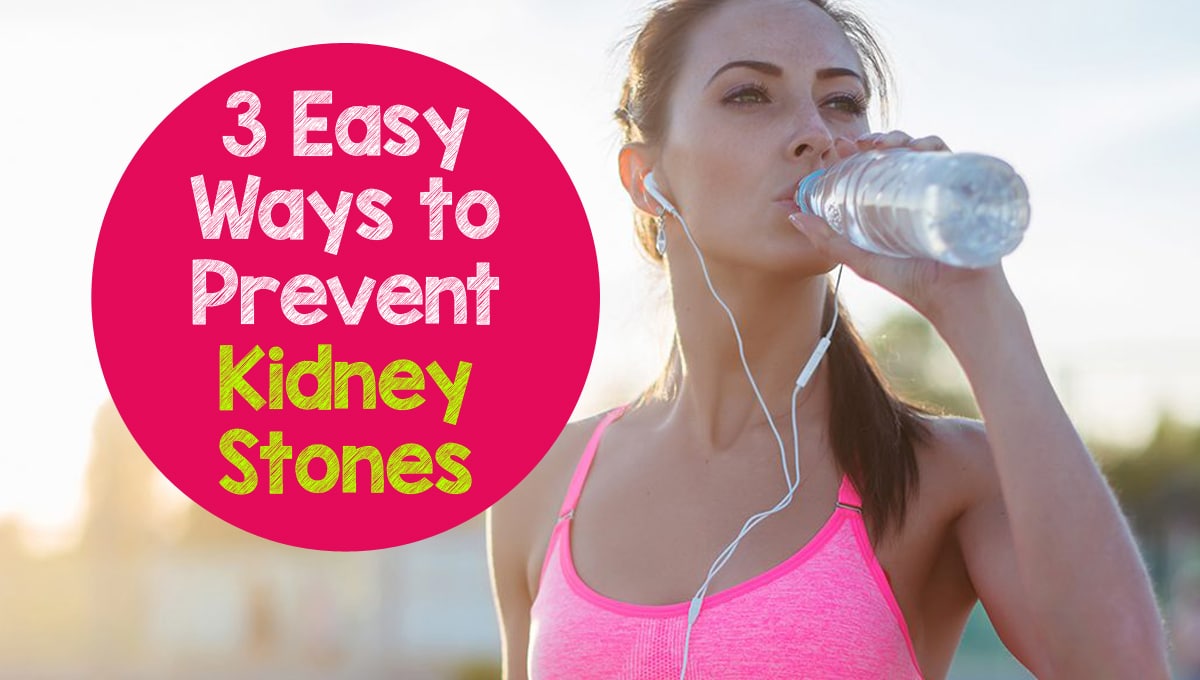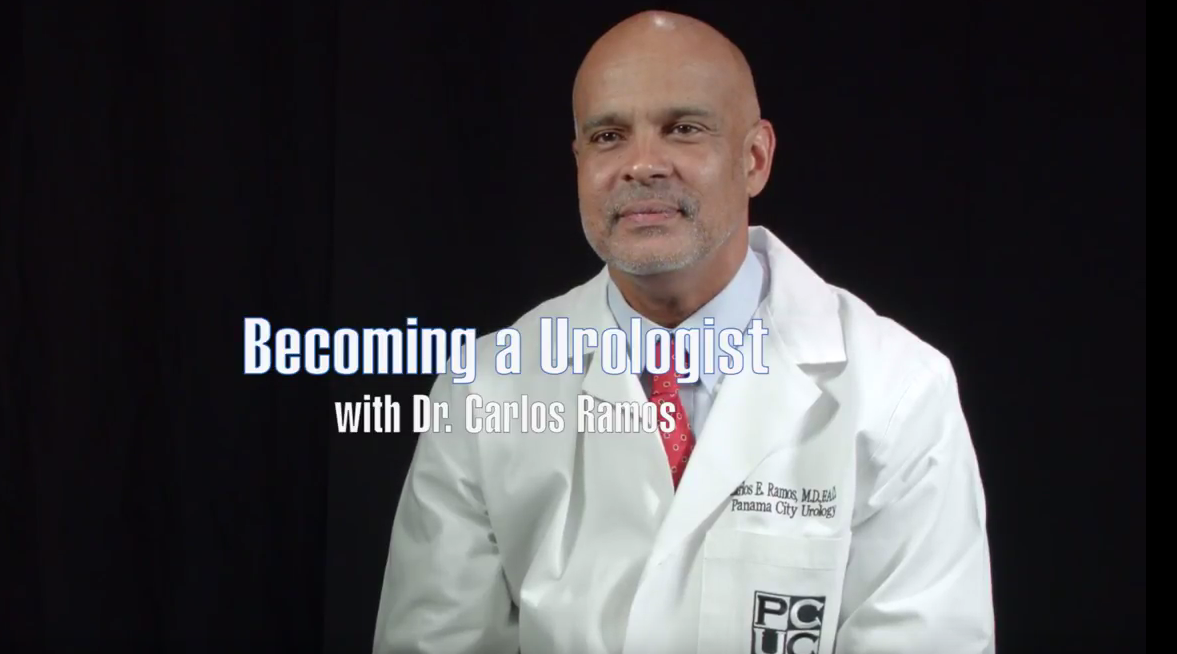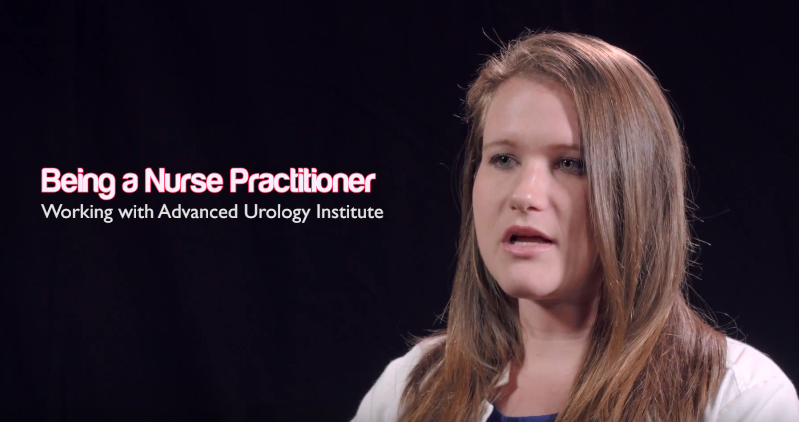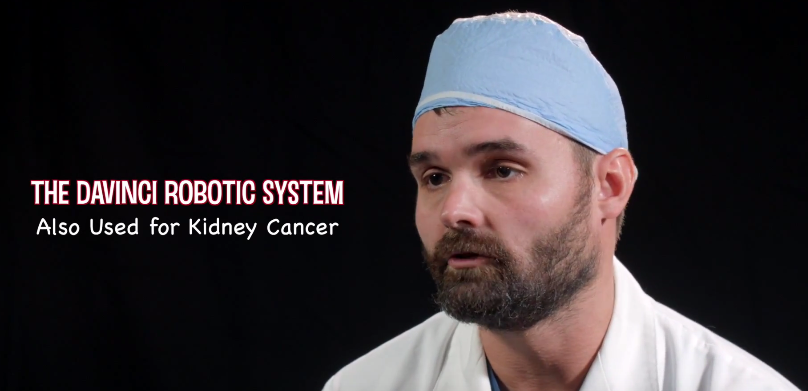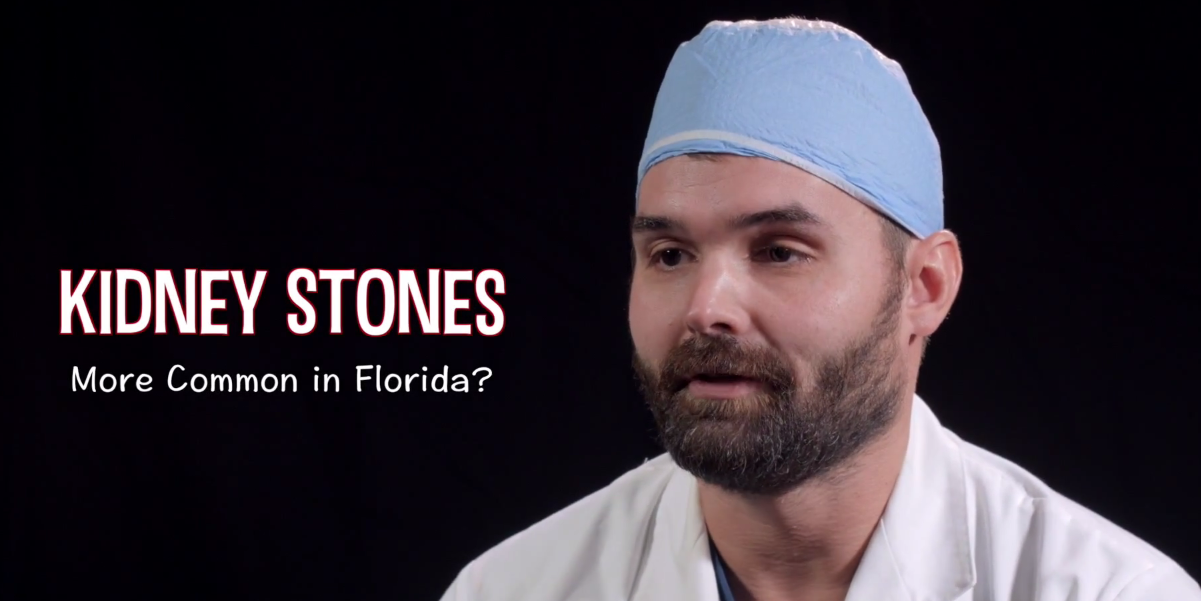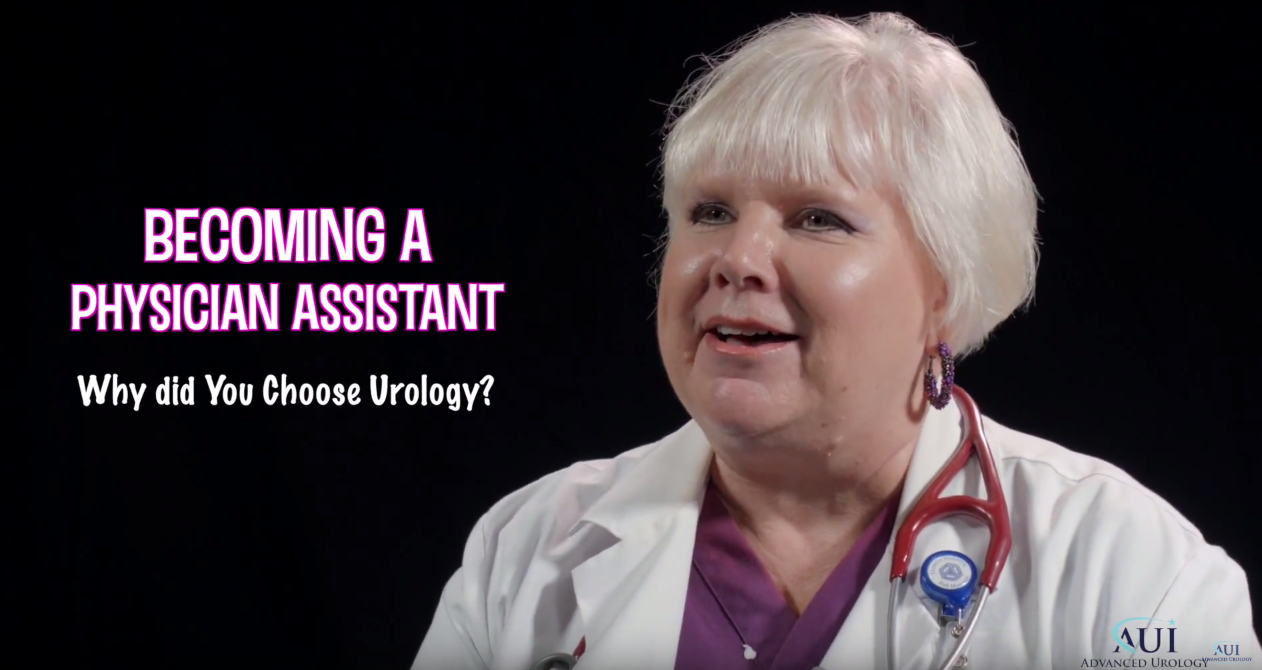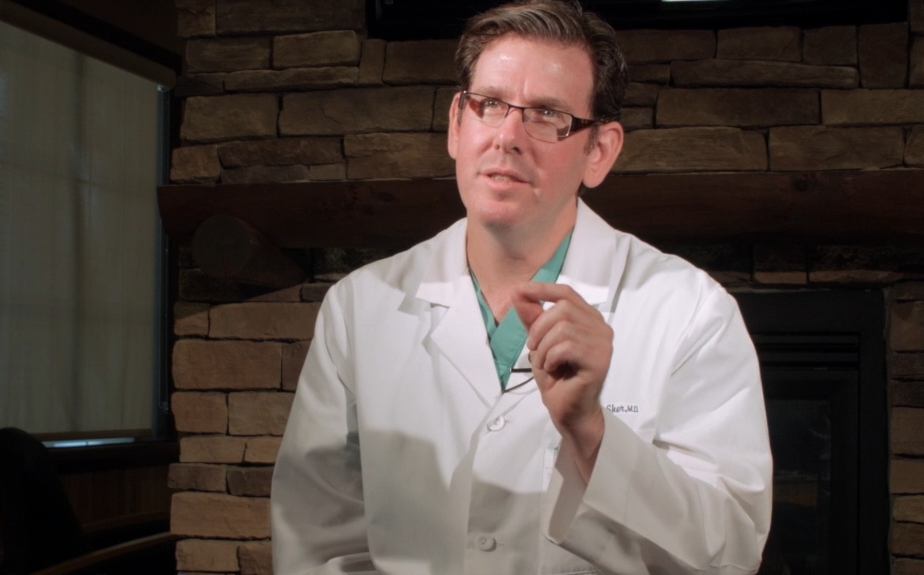Kidney stone treatment varies from one case to another, depending on stone size, cause and type. While most kidney stones can pass in urine spontaneously, some do not. Medical intervention is usually necessary to remove difficult stones or break them down into smaller pieces that can pass freely. Treatment also may be necessary for relieving the pain and discomfort.
Small, less-bothersome stones
Invasive treatment is not necessary for small kidney stones with minimal symptoms. In fact, by simply drinking plenty of fluid, as much as 2-3 liters a day, these stones are flushed from the urinary system. So unless your urologist says otherwise, you need to drink lots of fluid — mostly water — until your urine is clear or nearly clear.
Since passing even the smallest stones can be accompanied by some discomfort, your doctor may recommend that you use pain relievers such as acetaminophen (Tylenol, others), naproxen sodium (Aleve) or ibuprofen (Motrin IB, Advil, others). Your doctor may prescribe a medication to help you pass the stone faster and with minimal discomfort. For example, an alpha blocker can be given to relax ureter muscles and ensure that kidney stones pass quickly and painlessly.
Large or troublesome kidney stones
Larger stones may too big to pass spontaneously, can cause serious pain and discomfort or obstruction and are likely to lead to kidney damage, urinary tract infections or bleeding. Treatment options for such stones include:
1. Extracorporeal shock-wave lithotripsy (ESWL)
This procedure utilizes sound waves to generate strong vibrations (shock waves), which help break up larger kidney stones into smaller pieces that can more readily pass through the ureters and be removed in urine. ESWL takes 45-60 minutes, but because it can cause mild-to-moderate pain, it’s performed under light anesthesia to minimize discomfort.
2. Ureteroscopy
For stones located in the ureter or kidney, a thin lighted tube (scope) equipped with a camera is passed through the urethra and bladder into the ureter. After the stone is found, special tools are used to snare or break it up into tiny pieces that can pass in urine. The procedure is undertaken under local or general anesthesia, but the urologist also places a stent (small tube) in the ureter to minimize swelling and promote healing.
3. Percutaneous nephrolithotomy (tunnel surgery)
Very large kidney stones can be removed using a small incision made in the back of the patient — a procedure called percutaneous nephrolithotomy. This surgery is ideal for stones that have grown too big to pass, are causing uncontrollable pain, obstruction, infection or damaging the kidneys. The procedure also is recommended in cases where ESWL is unsuccessful. The kidney stone is surgically removed using a small telescope and instruments inserted via the tiny incision in the patient’s back. It’s done under general anesthesia and the patient stays in hospital for 1-2 days to recover.
At Advanced Urology Institute, we see hundreds of patients with kidney stones every year and use some of the best approaches in stone treatment, including advanced imaging technology, dietary recommendations, robotic surgical procedures and medications, to diagnose, treat and prevent the condition. We have the latest shock-wave lithotripsy equipment onsite, which uses state-of-the-art 3D ultrasound technology to reduce radiation exposure. Our urologists and urologic surgeons collaborate with specialists in radiology, nephrology and nutrition to deliver the most comprehensive care possible to our patients. For more information on our services, visit the “Advanced-Urology-Institute” site.


 There are many causes of kidney stones, such as dehydration, excessively acidic urine,
There are many causes of kidney stones, such as dehydration, excessively acidic urine,  Apple cider vinegar
Apple cider vinegar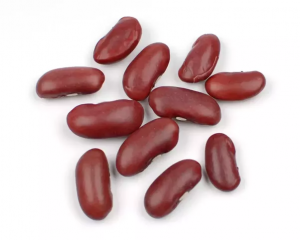 Kidney beans not only resemble the kidneys but also remove waste and toxins from the kidney and flush out kidney stones effectively. Kidney beans are rich in Vitamin B, fiber and several minerals which help to clean the kidney and boost the function of the urinary tract.
Kidney beans not only resemble the kidneys but also remove waste and toxins from the kidney and flush out kidney stones effectively. Kidney beans are rich in Vitamin B, fiber and several minerals which help to clean the kidney and boost the function of the urinary tract.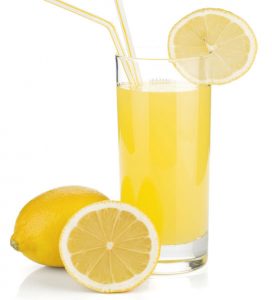 Lemon juice is naturally acidic and increases
Lemon juice is naturally acidic and increases  Watermelon is a mild diuretic. It hydrates and cleanses the kidneys. It is also rich in lycopene, which improves cardiovascular health and ensures well-functioning kidneys. Watermelon also has large quantities of potassium salts which regulate acidity of urine and prevents stone formation. In fact, eating watermelon regularly is great for kidney health.
Watermelon is a mild diuretic. It hydrates and cleanses the kidneys. It is also rich in lycopene, which improves cardiovascular health and ensures well-functioning kidneys. Watermelon also has large quantities of potassium salts which regulate acidity of urine and prevents stone formation. In fact, eating watermelon regularly is great for kidney health.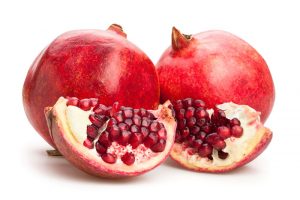 Both the juice and seeds of pomegranate contain large amounts of potassium and therefore are effective in removing kidney stones. Potassium lowers acidity of urine, prevents stone formation because of its astringent properties, curtails crystallization of minerals, and flushes out toxins and waste from the kidneys.
Both the juice and seeds of pomegranate contain large amounts of potassium and therefore are effective in removing kidney stones. Potassium lowers acidity of urine, prevents stone formation because of its astringent properties, curtails crystallization of minerals, and flushes out toxins and waste from the kidneys.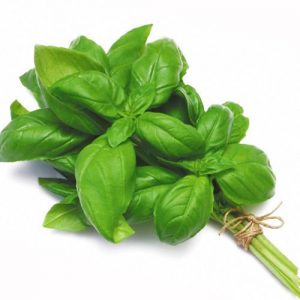 Basil is an effective diuretic. It removes kidney stones and improves kidney functioning. Basil also lowers the level of uric acid in blood and improves kidney health. Its ingredients such as essential oils and acetic acid break down kidney stones and allow for smooth removal. Basil is also a pain killer.
Basil is an effective diuretic. It removes kidney stones and improves kidney functioning. Basil also lowers the level of uric acid in blood and improves kidney health. Its ingredients such as essential oils and acetic acid break down kidney stones and allow for smooth removal. Basil is also a pain killer. When dates are soaked in water for 24 hours and then consumed after seeds are removed, they are effective in dissolving and flushing out kidney stones. Dates are rich in fiber, helping to reduce the risk of kidney stones. The magnesium ingredient in dates also cleanses the kidneys.
When dates are soaked in water for 24 hours and then consumed after seeds are removed, they are effective in dissolving and flushing out kidney stones. Dates are rich in fiber, helping to reduce the risk of kidney stones. The magnesium ingredient in dates also cleanses the kidneys. Consuming tea made using dried organic dandelion or fresh
Consuming tea made using dried organic dandelion or fresh 